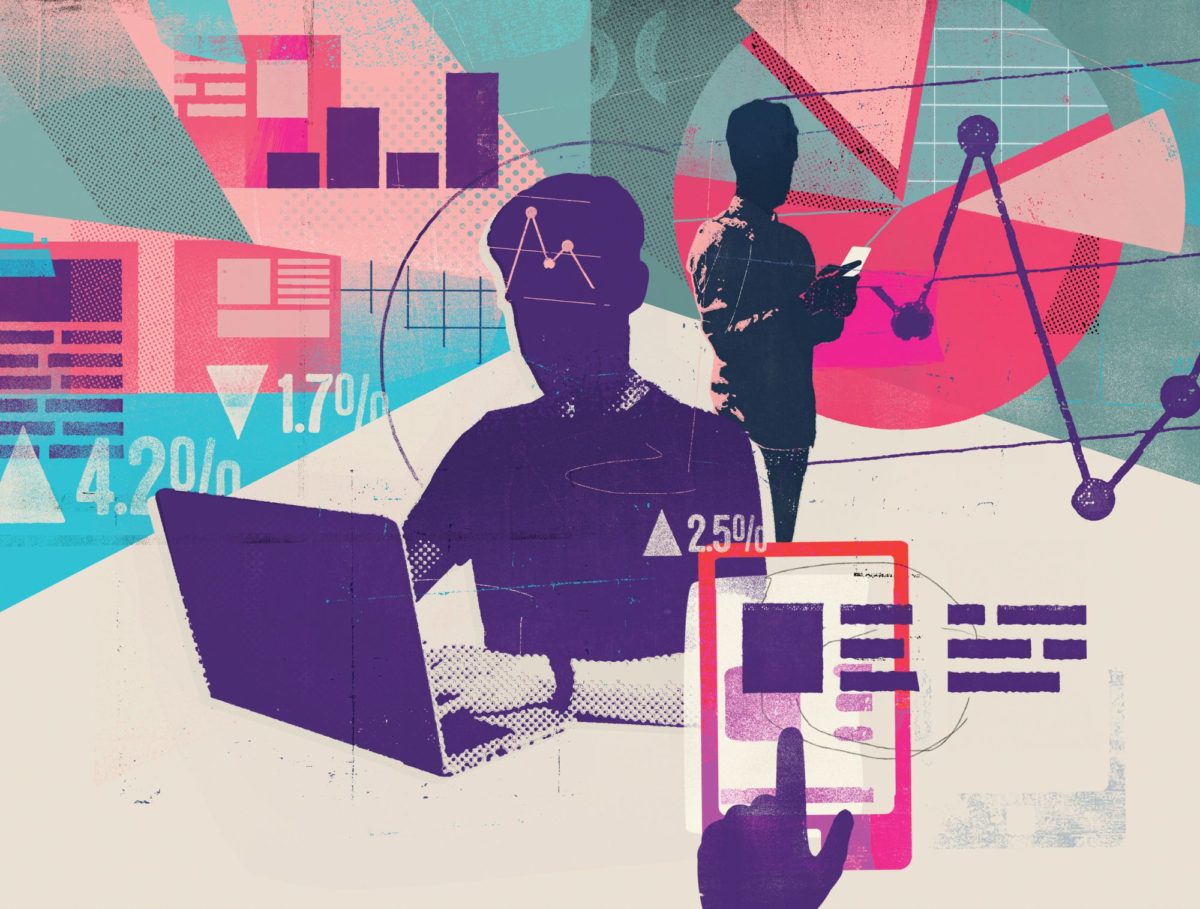- Article: The state of newspapers
- news means different things to different people
- many newspapers are published daily and report on daily events; magazines are usually published weekly or monthly
- newspapers have to offer more than news if they are to compete with other news media such as the Internet and television
- most newspapers report on at least the main news stories
- most newspapers contain non-news items such as competitions, advertisements and TV listings
- quality newspapers have a higher ratio of news-to-views columns than popular papers.
Month: September 2018
Can education solve all problems?
While education empowers individuals and provides them with access to more opportunities, education cannot stand alone or solve all problems. We are now living in a world that is vulnerable, uncertain, complex and ambiguous. Unlike the past, the challenges of today prevent education from being the silver bullet that cuts through all problems.
Supporters of the prowess of education will opine that education can catalyse positive social change through enlightening and empowering individuals. Through formal education, individuals gain a better understanding of the world around them and their place in the world. Besides enlightening individuals, education can empower one to improve one’s community or to surmount one’s unique challenges. For instance, with respect to gender inequality, studies have revealed that women in developing countries who have been educated are unlikely to marry early or undergo harmful cultural practices such as female genital mutilation. Educated women are better able to understand healthcare, family planning and see the merit of education for their own children. It is evident in this small example that education is one of the most effective ways to help individuals adopt new mindsets and perspectives.
In addition, education levels the playing field of the disadvantaged by providing them access to opportunities to improve their standard of living and overcome the problems their communities might face. It does so by equipping people with the necessary knowledge and skills which are needed to seek employment. Notwithstanding the fact that education has been effective in solving problems like women’s rights and poverty, education should not be seen as a panacea to all problems. There are still many obstacles and aggravating factors which might limit the effectiveness of education. Education can only begin to tackle a problem if education is possible in the first place, for instance. The poor and impoverished cannot afford tuition fees, much less other learning tools and resources. The problem of education still persists in remote areas of India, Pakistan, Afghanistan and Central Asian republics. While it is easy to pour millions into education to change mindsets and empower people, the lack of quality teachers, educational materials and infrastructure will continue to trap large swaths of people living in developing countries.
In addition, there are certain problems which education would be unable to resolve alone. Climate change is one such factor. While education can highlight the issues concerning climate change, the runaway pollution cannot be stopped by education alone. Political will and economic leadership would be more effective in mitigating climate change. Some of the problems which form a whirlwind of socioeconomic issues require a multidimensional and a multi-pronged approach. Education can only be one avenue to solve the issue.
Most significantly education has its own inherent limitations, which may render it ineffective and even counterproductive in solving social problems. On the surface, it may seem that education is a social leveller that empowers individuals and improves lives. This, however, does not seem to hold true in increasingly stratified developed countries, where the presence of generational wealth is a critical determinant of academic success. The wealthy are able to send their children to better schools and avail themselves to better resources. Those in better schools network with people of the same social background. Given that the education system ultimately feeds into the job market, the differences in access to educational opportunities from young inevitably result in severely hampered social mobility.
In short, while education can act as a catalyst to solve problems like poverty and discrimination, education is not the panacea to all the problems of the modern world because of the fact that there are people who cannot afford education. In addition, there are multi-dimensional and multi-faceted challenges that prevent education from being the magic lamp that solves all problems.
To what extent do law and punishment work in the interests of everyone?
- the law applies to all regardless of background
- courts have a variety of punishments available to them depending on the particular factors of each individual case
- many are uncertain that punishment works
- prisoners and prisons are divided into categories to protect society and those being punished
- freedoms cannot be guaranteed, despite the law
- government and government institutions sometimes operate beyond the law and degrade and torture those whom they believe to be a threat
- the law is enforced by people and they can be fallible, prejudiced and dishonest
- income can determine the outcome of a trial with better legal advice available for the more wealthy.



